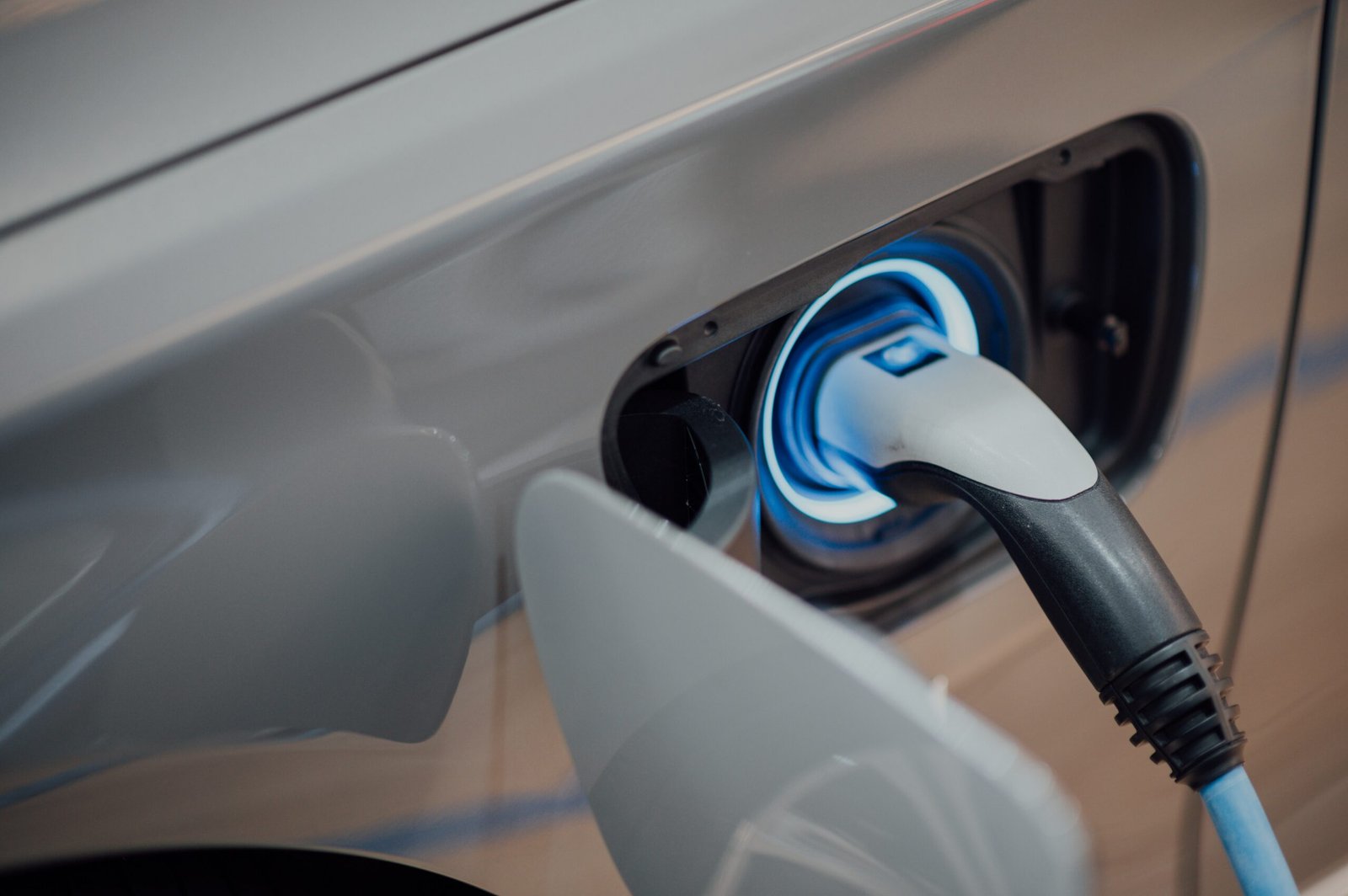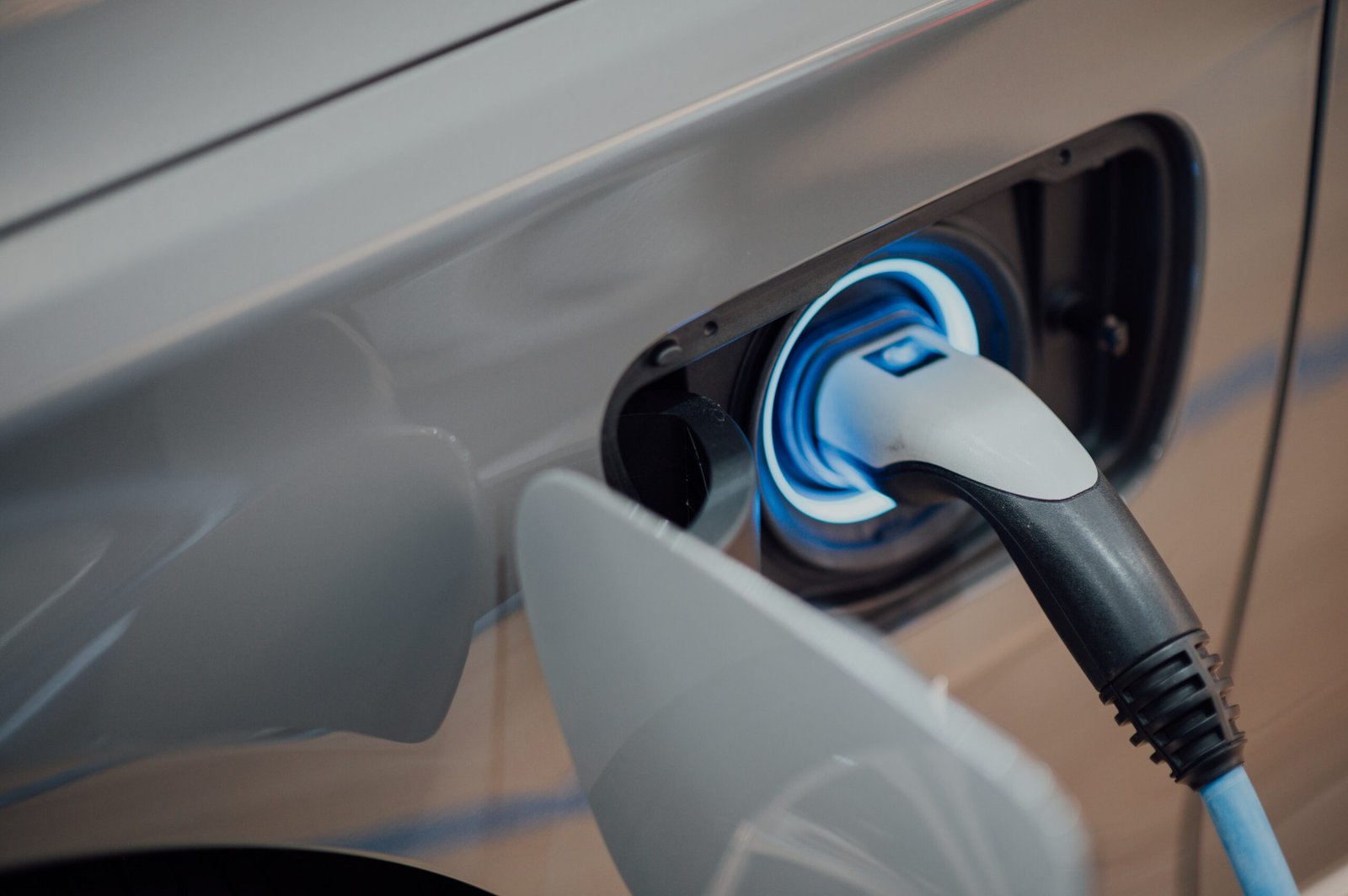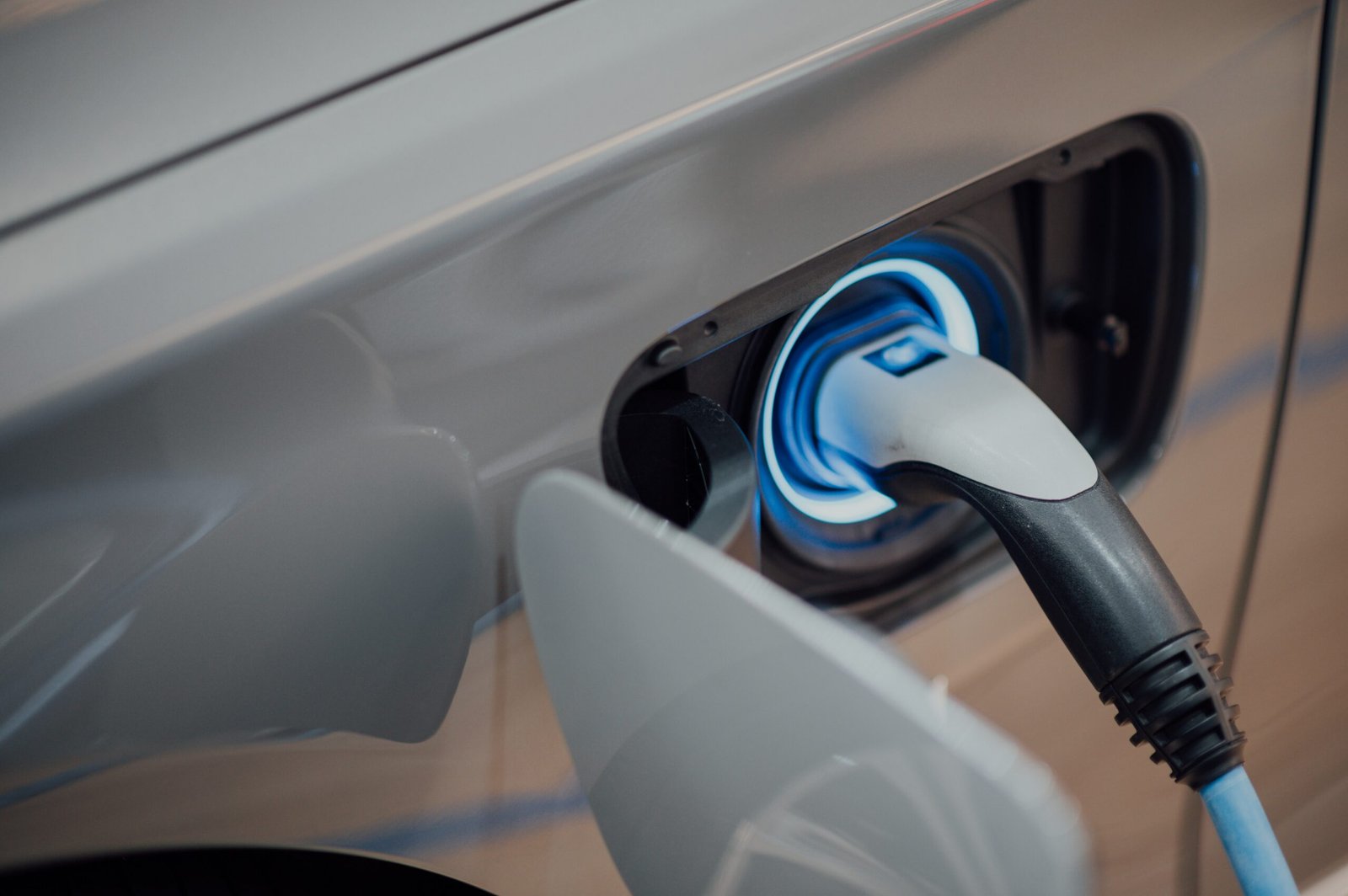Revolutionary Innovations in Renewable Energy Storage: Harnessing the Power of the Future
Renewable energy has gained significant traction in recent years as a viable and sustainable alternative to traditional fossil fuels. However, one of the major challenges in fully transitioning to renewable energy sources is the ability to store and distribute the energy efficiently. Fortunately, groundbreaking innovations in renewable energy storage are revolutionizing the industry and paving the way for a greener and more sustainable future.
1. Grid-Scale Battery Storage
One of the most promising advancements in renewable energy storage is grid-scale battery storage. This technology allows excess energy generated from renewable sources, such as solar and wind, to be stored in large-scale battery systems. These batteries can then be used to supply power during periods of high demand or when renewable energy generation is low.
Grid-scale battery storage provides a reliable and flexible solution to the intermittent nature of renewable energy sources. It helps stabilize the grid, reduce reliance on fossil fuels, and enable a higher penetration of renewable energy in the overall energy mix.
2. Pumped Hydro Storage
Pumped hydro storage is another innovative solution for storing renewable energy. This technology utilizes the power of gravity and water to store and release energy. During periods of excess energy generation, water is pumped uphill to a storage reservoir. When energy demand exceeds supply, the stored water is released, flowing downhill through turbines to generate electricity.
Pumped hydro storage systems have a long lifespan, low operation and maintenance costs, and a high energy efficiency. They can store large amounts of energy for extended periods, making them ideal for balancing the intermittent nature of renewable energy sources.
3. Thermal Energy Storage
Thermal energy storage is a cutting-edge technology that stores excess energy in the form of heat. This stored heat can then be used to generate electricity or provide heating and cooling when renewable energy generation is low. Thermal energy storage systems can use various materials, such as molten salts or phase-change materials, to store and release energy efficiently.
This innovative storage solution has the potential to revolutionize industries such as concentrated solar power, where excess heat can be stored during the day and used to generate electricity during the night or cloudy periods.
4. Flywheel Energy Storage
Flywheel energy storage is a kinetic energy storage system that uses a spinning rotor to store and release energy. Excess energy is used to accelerate the rotor to high speeds, and when energy is needed, the rotor’s momentum is converted back into electricity. This technology offers rapid response times and high power output, making it suitable for applications that require quick bursts of energy.
Flywheel energy storage systems have a long lifespan, low maintenance requirements, and high efficiency. They are particularly useful in applications where frequent charge and discharge cycles are required, such as electric vehicle charging stations or grid stabilization.
5. Hydrogen Energy Storage
Hydrogen energy storage is an emerging technology that converts excess renewable energy into hydrogen gas through electrolysis. The hydrogen gas can then be stored and used as a clean fuel source for various applications, including transportation, heating, and electricity generation.
Hydrogen energy storage has the advantage of being highly scalable and versatile. It can be used in fuel cells to generate electricity, converted back into electricity through combustion, or utilized directly as a clean fuel. As the hydrogen infrastructure continues to develop, this technology holds great potential for storing and utilizing renewable energy efficiently.
Current Trends and Latest News
The renewable energy storage industry is experiencing rapid growth and innovation. According to the International Renewable Energy Agency (IRENA), global renewable energy capacity is expected to increase by 50% over the next five years, driving the demand for advanced storage solutions.
Recent developments include the deployment of large-scale battery storage projects, such as the Hornsdale Power Reserve in Australia, which has become the world’s largest lithium-ion battery installation. Additionally, countries like Germany and the United States are investing heavily in research and development to further advance energy storage technologies.
Furthermore, the integration of artificial intelligence and machine learning algorithms into renewable energy storage systems is enhancing their efficiency and performance. These intelligent systems can optimize energy storage and distribution based on real-time data, weather forecasts, and energy demand patterns.
Conclusion
Revolutionary innovations in renewable energy storage are propelling the world towards a more sustainable and greener future. Grid-scale battery storage, pumped hydro storage, thermal energy storage, flywheel energy storage, and hydrogen energy storage are just a few examples of the groundbreaking technologies that are transforming the renewable energy landscape.
As the demand for renewable energy continues to rise, it is crucial to invest in research and development to further improve the efficiency, scalability, and affordability of energy storage systems. By harnessing the power of these innovative storage solutions, we can unlock the full potential of renewable energy and create a cleaner and more sustainable world for future generations.
FAQs
Q: How do grid-scale battery storage systems work?
A: Grid-scale battery storage systems store excess energy generated from renewable sources in large-scale batteries. This stored energy can then be used to supply power during periods of high demand or when renewable energy generation is low.
Q: What are the advantages of pumped hydro storage?
A: Pumped hydro storage systems have a long lifespan, low operation and maintenance costs, and a high energy efficiency. They can store large amounts of energy for extended periods, making them ideal for balancing the intermittent nature of renewable energy sources.
Q: How does thermal energy storage work?
A: Thermal energy storage systems store excess energy in the form of heat using materials such as molten salts or phase-change materials. This stored heat can then be used to generate electricity or provide heating and cooling when renewable energy generation is low.
Tips
– Regularly maintain and monitor energy storage systems to ensure optimal performance and longevity.
– Explore opportunities for integrating multiple energy storage technologies to maximize efficiency and reliability.
– Stay informed about the latest advancements and policy changes in the renewable energy storage industry to make informed decisions.
Remember, the future of renewable energy lies in our ability to store and distribute it effectively. Let’s embrace these revolutionary innovations and work towards a cleaner and more sustainable world.
Share this article with others on social media and join the movement towards a greener future!









